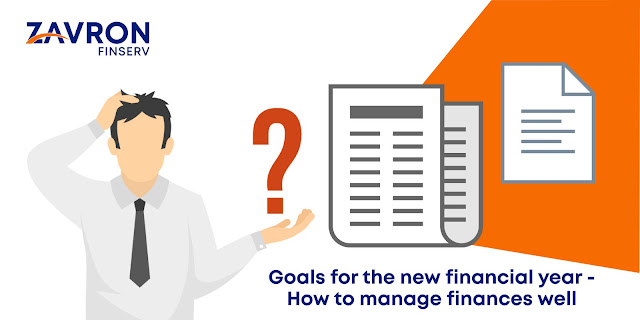How Is Your Personal Loan EMI Calculated: Understanding Your Loan Amortization Schedule
Thus, in today’s article, we will share with you the inside workings behind the calculation of your personal loan EMI and the subsequent loan amortization schedule, thus empowering you with the ability to do it yourself.
Without further ado, let’s get started.
How Is Your Personal Loan EMI Calculated?
To understand the calculation of your urgent personal loan EMI calculation, one of the first and most important
aspects we need to grasp are the various factors which affect it. While there
can be a number of them, the most significant are as shared below.
●
The total
amount of funds you are borrowing
●
The rate of
interest
●
The type of
interest
●
The total
tenure of the loan
To put this into perspective, let us understand each of these factors briefly.
Amount of Funds
As the name signifies, the total amount of funds you are planning to borrow primarily defines how much EMI you will be paying per month.
Rate of Interest
In India, most personal loans have an interest rate in the range of 8.5% to 36% per annum, and generally, they are calculated on a yearly basis.
Type of Interest
While at first glance, it might appear that all instant personal loan in Nagpur arrive with the same type of interest, in reality, this might not be the case. You see, there are three main interest calculation mechanisms a lender might employ, fixed interest rate, variable or floating interest rate and reducing balance interest rate.
Let us understand each of these in detail.
As the name suggests, a fixed interest rate essentially implies that the interest amount you pay on the borrowed loan amount will remain the same throughout the tenure of the loan. On the other hand, in a variable interest rate, the interest amount you will be paying on the loan might change with the varying market conditions. Lastly, in a reducing balance interest rate system, the interest amount you pay on the principal amount will reduce each month as you will be gradually repaying the principal amount of the loan.
Okay, now that you understand the various factors that affect your personal loan EMI calculation, let us understand the actual mechanics of it.
The formula employed by most lenders to calculate your personal loan EMI goes as follows.
EMI = P × r × (1 + r)n/((1 + r)n - 1)
In the above formula,
●
P signifies
the principal amount or the total amount of funds you have borrowed from the
lender.
●
R signifies
the rate of interest the lender is charging you on the loan, and
● N signifies the total tenure of the loan in months
As you can clearly witness, the three factors we defined earlier have the most impact on your EMI calculation. To understand this better, let us employ the help of an example.
Assume that you have applied for a personal loan of ₹25,000, and the lender has quoted you an interest rate of 9% per annum and the total tenure to be 24 months or two years. In this case, using the above formula, your EMI amount or Equated Monthly Installment will be ₹1142.
Along with this, in total, you will be paying an interest amount of ₹2411 on the principal amount you borrowed, and at the end of your loan tenure of 24 months, you would have repaid ₹27,411 in total.
In the image shared above, you can see the loan amortization schedule.
Tips for Negotiating a Lower EMI Amount
Now that you know how you can calculate your personal loan EMI, one question which must definitely be pondering your mind is how you can negotiate a lower monthly payment? Some of the most significant tips you can follow in negotiating the same are as listed below.
1. Have a Good Credit Score
Irrespective of the lender you choose, one of the first factors the lender will check before approving your loan application is your credit score. In India, most lenders require you to have a minimum of 750 credit score on the CIBIL and Experian scale to be qualified. However, this is the bare minimum requirement and if you have a higher credit score, let’s say in the range of 800 and above, you can easily negotiate with the lender to offer you a lower interest rate.
2. Apply for a unsecured Personal Loan
Instead of depending on an unsecured personal loan, one good way to ensure that you successfully negotiate a lower EMI payment is by applying for a secured personal loan. In simple terms, a secured personal loan is a type of loan wherein you need to pledge a certain asset or collateral with the lender as security for the loan. In most cases, the collateral you pledge needs to be either of equal or higher value than the loan amount you request, such that the lender can recover their losses lest you default on your payment obligations.
As the risk involved for the lender is much less in a secured loan as compared to an unsecured one, chances are you can negotiate for a lower rate of interest and thus subsequently decrease your monthly EMI obligations.
In Conclusion
While at first glance, it might appear that applying for a loan and subsequently calculating your EMI obligation and understanding the EMI amortization schedule is a hard task, in reality, with a little patience, you too can develop a strong grasp over it.
Now that you know how lenders calculate your personal loan EMI, the
next time you apply for a loan, be sure to do your calculations first and
subsequently empower yourself to better negotiate with the lender.




Comments
Post a Comment